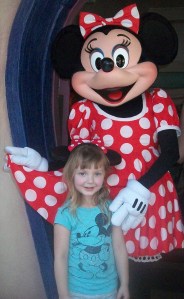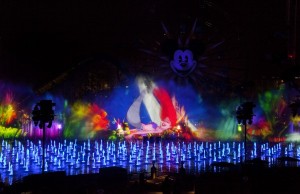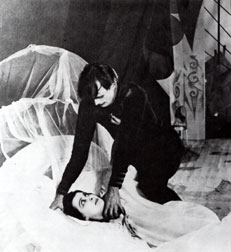The Simpsons- Overall I thought this group did a very good job on the unique topic, however there were some flaws in the presentation. I felt like the group spent more time describing the show and the characters than they did analyzing the family dynamic in the show. I liked that they explained to us each character in the episode, for some I do not really think about when I think of The Simpsons (their dog for example) yet every character is important. I also liked how they explained the ability of the show to spread to appeal to all ages. It is one of the most unique aspects of the show, and they did a good job with that. I guess the only critique I really have with the presentation is that more weight was put onto the things we know already about the show, such as the characters, and less on analyzing their impact and affect on families and television in general.
Jersey Shore- One thing that I really enjoyed about this group was the topic, only because Jersey Shore has somehow become this huge phenomenon even though everything the show portrays is negative. I personally only find the show amusing, to see how idiotic people actual are, and I laugh at their ignorance, but I do not in any way see them as idols. I thought the group did a good job in discussing how the show has become such a big sensation and that now even people who do not watch the show know about it. However, they did not really focus too much on what about the show makes it popular. Rather than including their opinions and analysis in their presentation, they asked the class what we thought. I think if they had looked more in depth into the topic and answered the question of what makes this show popular it would have made their presentation much better.
Star Wars- For this group, I was not as impressed with the presentation as I was with some of the others. I did like the topic and I thought the direction and what they were trying to achieve was great, however the execution was not that well done. It seemed like some of the group members did not really know the topic as well, and it seemed only one person had put much effort into the project. I applaud the one person who seemed to know what they were talking about. As for the content, I felt like the group tried to cover all the grounds of media convergence in such a short amount of time. I liked that they touched on the many forms of convergence media that star wars has brought about, such as the costumes and all the professional/fan made films, however I wish that they focused only one form of media convergence. Star Wars has such a wide breadth of media about it and if they had focused solely on one aspect their project would have been more in depth and overall better in quality, since it would have a clear focus.








 The fighting and the yelling was too much for her to take. Every night it went on, and it was always the same fight. He did this, or said that wrong, she rolled her eyes or walked away without caring. Life was a personal drama for her. Except this one never ended. She played the quiet girl who tried to ignore everything and protect her younger brothers and sisters, but secretly listened to every word in case something went too far. In this show, the lights didn’t go off, there wasn’t buttery popcorn to fill her stomach until it hurt, and their wasn’t any sense of satisfaction or regret once the show was done. And worst of all, she was one of the main characters. If the show was over, in her case, it meant they finally fell asleep. Dysfunctional families tend to be like that. The only escape was on Friday nights, after the school football game, she would change out of her uniform and go with her friends to the movies.
The fighting and the yelling was too much for her to take. Every night it went on, and it was always the same fight. He did this, or said that wrong, she rolled her eyes or walked away without caring. Life was a personal drama for her. Except this one never ended. She played the quiet girl who tried to ignore everything and protect her younger brothers and sisters, but secretly listened to every word in case something went too far. In this show, the lights didn’t go off, there wasn’t buttery popcorn to fill her stomach until it hurt, and their wasn’t any sense of satisfaction or regret once the show was done. And worst of all, she was one of the main characters. If the show was over, in her case, it meant they finally fell asleep. Dysfunctional families tend to be like that. The only escape was on Friday nights, after the school football game, she would change out of her uniform and go with her friends to the movies.